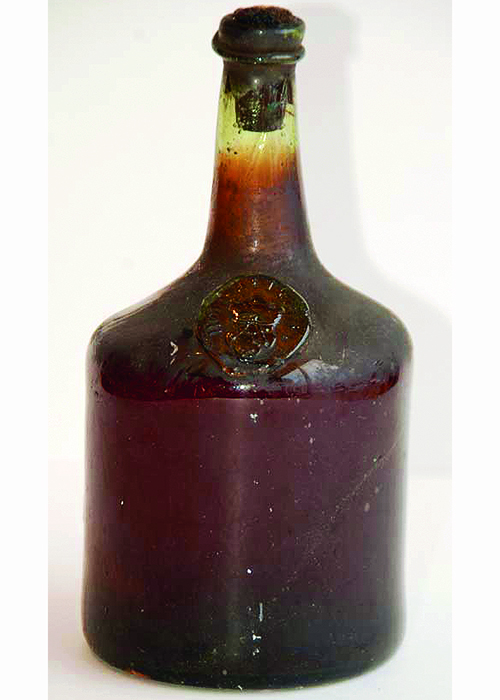Our third extract from Oz Clarke's new book, The History of Wine in 100 Bottles, looks at Europe in the 16th century, and the growth of Tokaji.
I’ve always presumed it was the gorgeous taste of Tokaji that first made it famous, or indeed its legendary restorative powers that had the great and good of Europe queuing round the block for their allocation. But perhaps it wasn’t. Perhaps it was something altogether more compelling.
Sixteenth-century Europe was a melting pot of crazy ideas and fantastical propositions. And into this world of alchemy and intrigue strode Tokaji. An Italian thinker called Marzio Galeotto spread the word that the wines of Tokaj contained gold. He’d visited Tokaj in Hungary and reported that there was golden ore in them thar hills, that the sand in the vineyards’ soils contained particles of gold, and that some of the vines even had golden shoots. That brought the most famous alchemist of the day, Paracelsus, to Tokaj and, not surprisingly, he failed to extract gold from the grapes or their wine, though he did make the rather baffling observation that sunshine ‘like a thread of gold, passes through stock and root into the rock’. So this kept the Tokaji and gold legend bubbling away for quite a while yet.
Of course, imbibing gold flakes was supposed to be good for you, which might explain why the Tokaji wines were so popular with the potentates of the time. But I suspect the reason was simpler – the stuff tasted so scrumptious. Intense, succulent and sweet.
Nowadays, sweetness is everywhere in what we eat and drink, but it wasn’t then. And any wine that could regularly come up with rich, sweet flavours was going to be clamoured for by the wealthy. And there’s some evidence that the growers of Tokaj, in an obscure province in the east of Hungary, may have been the first to make naturally sweet wines on a regular basis. To make a naturally sweet wine, it’s not enough to simply have super-ripe grapes; they must be over-ripened to the point of shrivelling on the vine, or, ideally, attacked by a fungus called ‘noble rot’, which sucks out the moisture from a grape and
concentrates the wine to the greatest extent physically possible. The Hungarians use the word aszú to describe shrivelled, desiccated grapes, and also to describe grapes whose sugar is concentrated by noble rot. The first mention of Aszú grape wine is in 1571, in a property deal clearly demonstrating that the Aszú grapes had been kept separate from the normal grapes in the vineyard of Mézes Mály. And this would at the very least imply that the producers of Tokaji were the first in the world to harvest shrivelled and nobly rotten grapes on purpose – the Germans on the Rhine didn’t get the hang of purposefully nobly rotting their grapes until 1775.
The more commonly accepted legend is that a guy called Szepsi Laczkó Máté postponed the vintage at the great Oremus vineyard in 1630, fearing an attack by the Turks. Or was it 1633? Or was it 1650? That’s the trouble with legends, who knows? Anyway, the Turks were certainly threatening – just over the Bodrog River (wonderful name) – and Oremus was the family estate of Prince Rákóczi, the most prominent local nobleman. The date doesn’t really matter, because the exceptional climatic conditions along the Bodrog River, with its morning mists and warm autumn days, would mean that grapes had been nobly rotting there on a regular basis for centuries. But it was the local Tokaji wine producers who first began to make one of the world’s great wine styles – naturally sweet, luscious wine from nobly rotted grapes.
 This extract was taken from The History of Wine in 100 Bottles by Oz Clarke
This extract was taken from The History of Wine in 100 Bottles by Oz Clarke
More from The History of Wine in 100 Bottles:

History of Wine in 100 Bottles: The Birth of Claret

History of wine in 100 bottles: Monasteries – Clos de Vougeot







